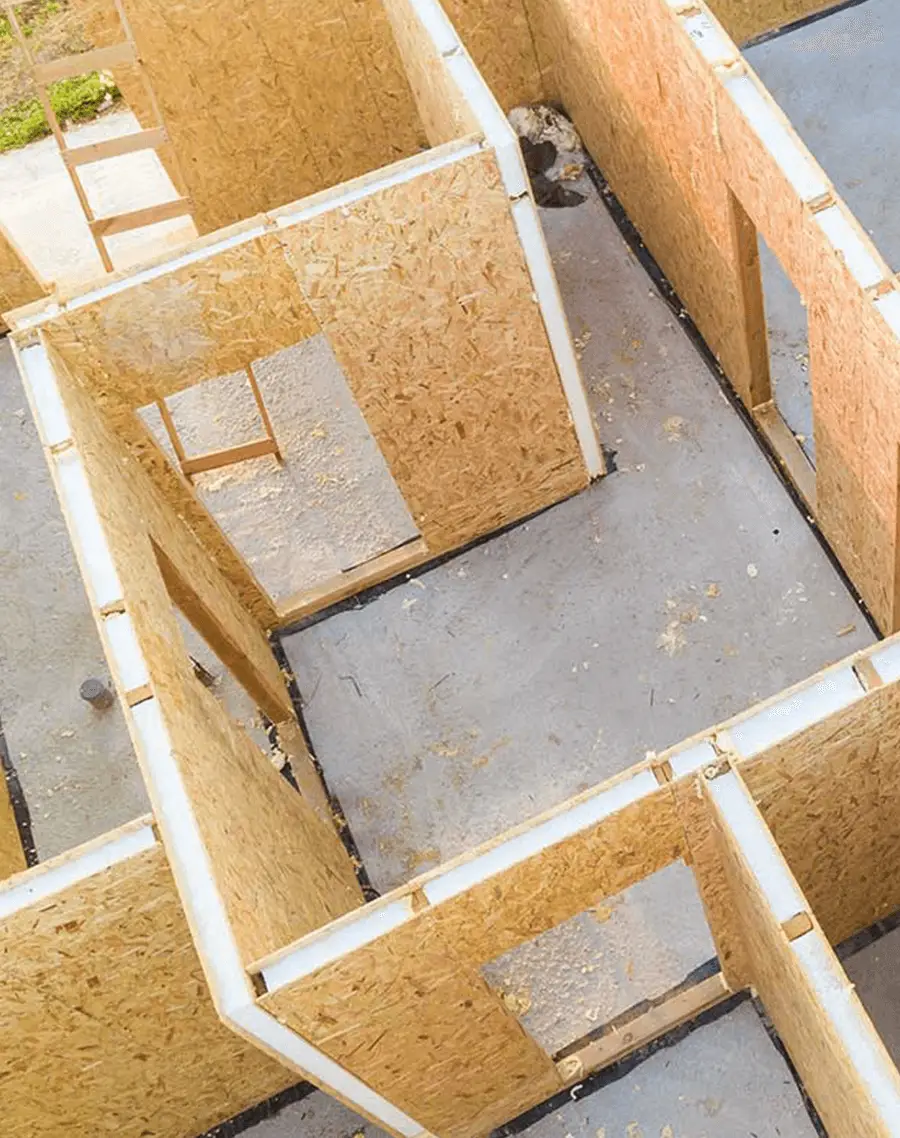Explore how Structural Insulated Panels (SIP panels) elevate earthquake building standards in New Zealand, ensuring a safer home for you and your family. SIPs not only offer numerous advantages over traditional construction, such as time-saving and energy efficiency, but they also excel in providing superior strength during seismic events. This blog delves into the reasons why SIPs stand out in earthquake-prone areas.

Earthquake-Resistant Construction of SIP panels
SIPs: Strong and Durable
SIPs are renowned among building professionals for their extraordinary strength and durability. The unique construction of SIPs involves a layer of rigid foam insulation sandwiched between two sheets of oriented strand board (OSB). This sandwich-like structure creates a significantly stronger panel than traditional wall systems, such as individual studs/plasterboard walls.
Highly Ductile and Flexible
SIP panels exhibit excellent bracing properties and exceptional ductility, allowing them to absorb shock through non-permanent flex in the structure. This flexibility significantly reduces the impact of multi-directional earthquakes. In contrast, rigid and brittle materials like concrete fail abruptly during seismic events, necessitating extensive remediation or replacement.
SIPs in New Zealand: A Study
A study conducted in New Zealand revealed that SIPs building systems demonstrated suitable energy dissipation, ductility, strength, and stiffness. This made them less prone to damage during testing compared to traditional construction methods.
In conclusion, SIPs emerge as a recommended material for constructing earthquake-resistant structures. Offering superior strength, durability, and ductility in comparison to traditional materials, SIPs contribute to creating resilient homes in seismic-prone areas
Read our Technical specs for more information: https://sipsolutions.co.nz/techincal-specs/


